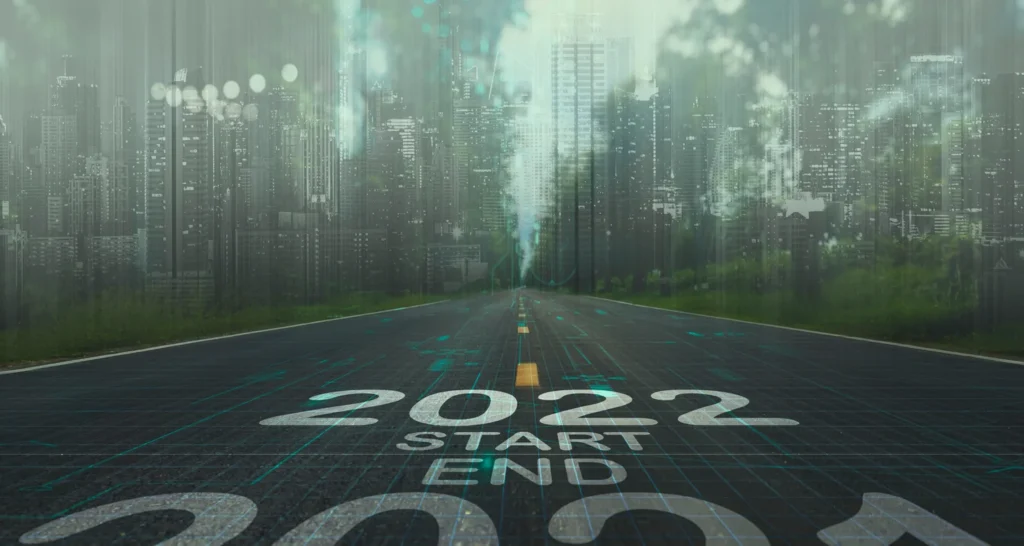One of the three new cars sold in Norway today is an electric car or at least a rechargeable hybrid. Norway is a complete escape in this respect, the only larger country in the world where electric cars are so represented and where the Tesla Model S, Nissan Leaf, or other pure electric cars can become the best-selling car.
“That’s good, isn’t it?”
We hear the proponents of electric vehicles. Theoretically, it could be good if Norway had naturally come to this. Nothing like this had happened, however, and the leadership of the country had decided to command the winds of the rain and sweep the way for electric-powered cars of the generous support of all kinds. She wanted to show the world that it was possible that when the right conditions were set, electric vehicles could be in demand. Instead, it shows the world something quite different – that it is not possible.
Electric cars are not only worried about their price or practical usability, but the problem is that if they were to sell millions in the near future, as some politicians say, there is nothing to charge them. So much electricity that such a mass of cars would need today is simply no way to produce. And while this does not have to be a problem locally and to a lesser extent, there is one more problem – the lack of infrastructure to charge more cars as needed for longer journeys. So usually at least tens of minutes, if not hours.
This is the problem the Norwegians are now facing, lured by subsidies, reliefs, and other benefits to buying electric cars. In Oslo, there are about 50,000 electric cars and 30,000 plug-in hybrids, a total of 80,000 cars, and 1,300 public charging stations in Oslo’s city of 7,000. That is a lot at first glance, we doubt that there would be 1,300 fuel dispensers in Oslo. But nobody spends such a long time with them, so they just aren’t enough and new ones aren’t fast enough.
“Every year we increase the number of charging points by 26%, but the number of electric vehicles increases by more than 100% per year. The scissors are opening more and more, ”says Sture Portvik of the city’s management. Even now, Petter Haugneland of the Norwegian Electric Vehicle Association does not recommend that people buy electric cars unless they can recharge at home – others are not reliable, often not available at all.
Why is there so much interest in electric cars in Norway? Is it enough for the Norwegians to reach their limited range?
Moreover, there is at least half a year really cold, which is not ideal for batteries. As we have already indicated, the essence lies in very strong support programs for the purchase of electric vehicles and, at the same time, to take advantage of them, huge taxes on the purchase of a conventional car.
As a result, VW e-Golf in Norway today costs about 250 thousand Norwegian kroner (about 699 thousand CZK), while comparable petrol Golf costs about 300 thousand NOK (about 838 thousand CZK). And when one gets free fuel, which is another factor that makes public charging stations unavailable, and the other costs an average of just over $ 1.00 per liter, which car do you choose?
Incentives to buy an electric car in Norway include exemptions from car registration taxes, VAT, tolls, parking fees, and, as we mentioned, public electricity chargers. Previously, electric car owners could even run in lanes for buses, but they “occupied” them so quickly that this advantage had to end.
These benefits were introduced in 2012 as an effort to encourage the sale of electric cars, with the aim that by 2020 90% of all new cars sold in Norway would be electric or at least plug-in-hybrid. This goal was confirmed by the government, with the additional idea that by 2025, 100% of new cars sold will run on electricity. Today, Norway is at 35% in this respect and is already in trouble. And this is to say that we are still talking only about the share of the number of newly sold cars – the total number will increase each year.
Norway wanted to show how the fast transition to electric vehicles works, but it shows the opposite. Even the chargers are a bigger problem than it seems because 60% of Oslo’s inhabitants have no way to charge their electric vehicles elsewhere, they live in apartments without their own garages. Such an electric car is useless without a publicly available charger and, as we have mentioned, it is still not possible to second their construction to today, still a minority of electric cars. And it is still something to recharge electric cars – in the current development, it may be a problem in a few years and even …













